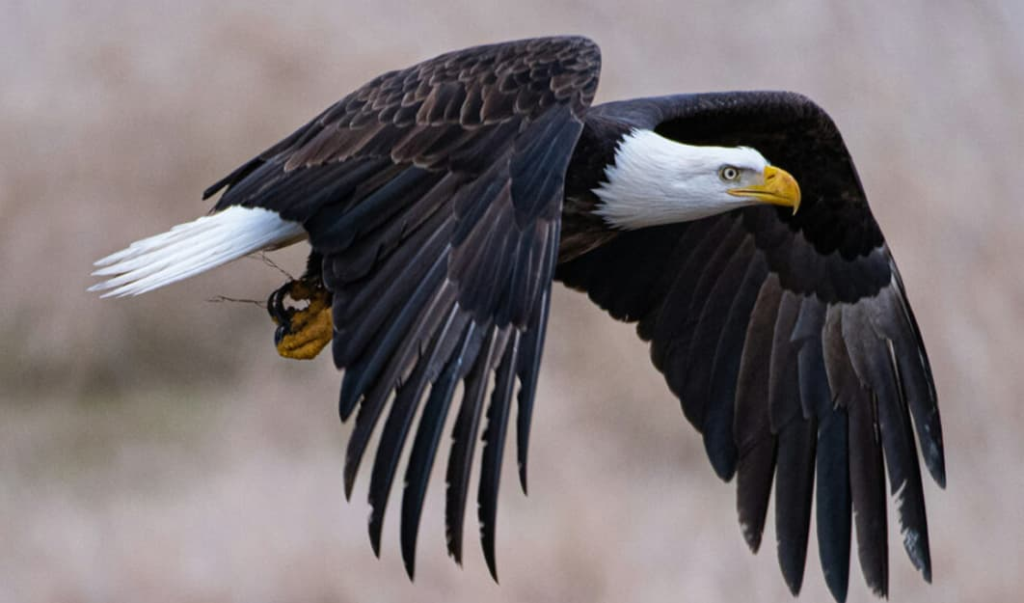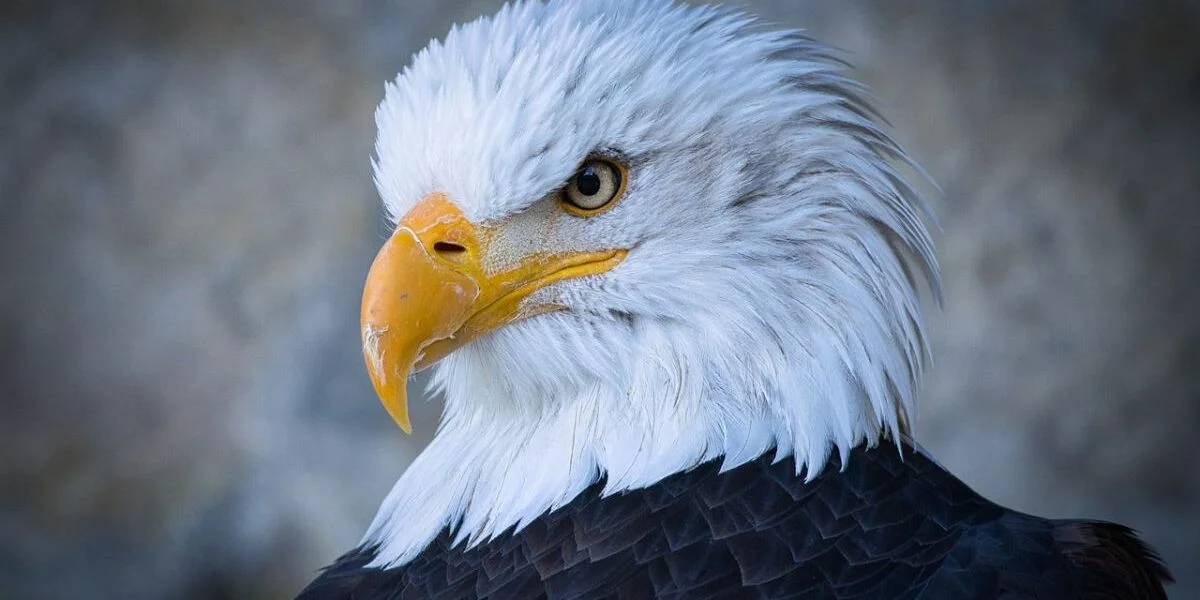Introduction
Birdwatching Hancock Bird enthusiasts and nature lovers know that each species of bird holds its own unique charm. Among the vast variety of birds across the globe, the Hancock Bird stands out for its unusual behaviors, vibrant plumage, and fascinating ecology. While not as well-known as species like the Bald Eagle or the Harpy Eagle, the Hancock Bird is a subject of growing interest in both scientific research and amateur birdwatching communities.
In this article, we will delve into everything there is to know about the . From its physical attributes and habitat to its behaviors, diet, and conservation efforts, we aim to provide a thorough overview of this exceptional species. Whether you’re an experienced ornithologist or a curious beginner, this guide will provide insightful information on the .

What is the Hancock Bird?
Origin and Discovery
The is a lesser-known species, but its discovery marked an important moment in the field of ornithology. First described in the early 20th century by the renowned ornithologist Dr. Emily Hancock (from whom the species name is derived), this bird has often been overshadowed by other, more widely recognized birds in the avian kingdom. Hancock’s contribution to bird studies, particularly in the tropics, led to its naming in her honor.
Physical Characteristics
The is an intriguing creature. It stands at an average height of 30 cm (about 12 inches), with males being slightly larger than females. Its most distinctive feature is its vivid plumage. The feathers sport a blend of bright blue, emerald green, and yellow hues that shimmer in the sunlight, making it a striking sight in its natural habitat. These colors, however, are not just for show – they play a crucial role in camouflage and mating displays.
In terms of physical build, the has a slender body with long wings, allowing it to maneuver swiftly through dense forests or open landscapes. Its beak is slightly curved, making it well-suited for its diet, which consists primarily of fruit and small invertebrates.
Key Differences from Similar Species
While the Hancock Bird shares a habitat with several other avian species, there are certain characteristics that distinguish it from lookalike species. For example, it has a more defined color pattern, particularly around its wings and tail feathers. Additionally, the Hancock Bird’s song is unique—soft, melodic, and often described as a harmonic chorus that resembles a gentle flute.
Habitat of the Hancock Bird
Where Does the Hancock Bird Live?
The Hancock Bird is native to a relatively limited region in the tropical forests of South America. Its preferred habitat includes areas with abundant trees and diverse flora. The bird thrives in areas with a mixture of dense foliage and open spaces, which allow it to hunt for food and seek shelter from predators.
The Hancock Bird has been spotted in countries such as Brazil, Colombia, and Venezuela, particularly in the Amazon basin. Its population is more concentrated in the highland areas of these regions, where elevation creates a unique ecosystem suited to its needs.
The Hancock Bird’s habitat is also closely tied to the health of the rainforests in these regions. As a species that relies on the diversity of plant life, the Hancock Bird is deeply affected by environmental changes, particularly deforestation and habitat degradation.
How Its Habitat Influences Behavior
The dense, high-canopy forests of the Hancock Bird’s habitat offer protection and resources. The bird primarily uses the trees to forage for food, build nests, and seek shelter. Its ability to navigate the complex three-dimensional environment of the forest canopy sets it apart from other bird species, making it a highly adaptable and agile creature.
During the mating season, the Hancock Bird’s vibrant plumage becomes particularly important, as it uses these bright colors to attract potential mates. The forests provide a perfect backdrop for these displays, with the interplay of sunlight and shadow enhancing the bird’s colorful feathers.
Conservation of Its Habitat
Due to the increasing threats posed by human activity, including illegal logging and agricultural expansion, the Hancock Bird’s habitat is under constant threat. Conservation efforts in the Amazon region have been critical in attempting to preserve the delicate balance of these ecosystems. Governments, NGOs, and local communities are working together to promote sustainable land use practices and reduce the impact of deforestation on the bird’s population.
Behavior of the Hancock Bird
Feeding Habits
The Hancock Bird is primarily frugivorous, meaning its diet is mostly composed of fruit. However, it also supplements its meals with small insects and invertebrates. It is known for its unique method of feeding – the bird uses its long beak to extract nectar from flowers and to pluck fruit from trees, often displaying acrobatic skills while feeding.
The bird’s diet plays a crucial role in seed dispersal. By consuming fruits and then moving to different areas, the Hancock Bird helps to spread seeds across its habitat, contributing to the overall health and regeneration of the forest ecosystem.
Mating Rituals and Social Structure
One of the most interesting aspects of Hancock Bird behavior is its elaborate mating displays. During the breeding season, males engage in highly visible courtship rituals, which include intricate vocalizations and colorful feather displays. These performances, often accompanied by a series of melodic calls, are designed to showcase the health and vitality of the male to potential mates.
In terms of social structure, the Hancock Bird is generally a solitary creature, except during mating season. Outside of this period, the bird is often seen in small groups, though it tends to be quite territorial, especially around its nesting sites.
Territorial Behavior
The Hancock Bird is known for its territorial nature, particularly when it comes to its nesting areas. Male birds will defend their chosen territory from intruders, using both vocalizations and aggressive displays to ward off other males. This territorial behavior is a key aspect of the bird’s survival strategy, as it ensures access to prime resources such as food and suitable nesting sites.
The Song of the Hancock Bird
What Does the Song Sound Like?
The Hancock Bird’s song is one of its most distinctive features. Unlike many other bird species that rely on simple calls for communication, the Hancock Bird’s song is complex and melodic. It is often described as a series of flute-like notes, interspersed with chirps and whistles. The song is thought to serve multiple purposes, from attracting mates to establishing territory.
Birdsong is crucial in the life of many avian species, and for the Hancock Bird, it is particularly important during mating season. Males will use their songs to communicate their fitness and territorial claims. Interestingly, the song can also help with communication between members of the same species when they are dispersed across large areas.
How the Song Helps in Survival
Beyond attracting mates, the Hancock Bird’s song plays a significant role in survival. It is a key component of its defense mechanism, allowing the bird to establish its presence in the dense forest environment. The bird’s ability to project its voice and make itself heard across long distances can deter potential predators or rivals.
Additionally, the Hancock Bird’s song may help with navigation within its habitat. In dense forests, where visibility is often limited, auditory cues become important for orienting and locating other individuals.
Diet and Nutrition of the Hancock Bird
What Does the Hancock Bird Eat?
The Hancock Bird’s diet consists mainly of fruit, nectar, and small invertebrates. It is particularly fond of fruits from trees native to its rainforest habitat, including berries, bananas, and various tropical fruits. The bird uses its curved beak to reach into flowers and fruit-bearing plants, feeding in a manner that resembles other nectar-feeding birds.
Though the Hancock Bird’s diet is largely fruit-based, it also plays a significant role in pest control by consuming insects and other small invertebrates. This dual approach to feeding makes it an important part of the ecosystem, helping to maintain balance in its environment.
Feeding Behavior
The Hancock Bird feeds in a methodical and efficient way, often choosing trees with a high density of food sources. It is known for its unique ability to navigate through the canopy to reach flowers and fruits, using its sharp vision and acrobatic flight to gather food. The bird’s long, slender legs and flexible wings make it adept at clinging to branches while it feeds.
Its feeding behavior also contributes to the ecosystem in another important way: as it consumes fruit, it inadvertently helps with seed dispersal, which supports the regrowth of plants and trees in the area. This seed dispersal is vital for the health of the forest and the survival of other species that depend on the same environment.
Conservation of the Hancock Bird
Threats to the Hancock Bird
Despite its remarkable adaptations and unique behaviors, the Hancock Bird faces a number of threats. Deforestation, illegal hunting, and habitat destruction due to human activities are the primary concerns. As the forests in South America continue to shrink, the Hancock Bird’s environment is being drastically reduced, which puts pressure on the population.
Furthermore, the bird’s reliance on specific types of habitats makes it vulnerable to changes in climate. Even small changes in temperature or rainfall can have a significant impact on its survival, as these factors directly affect the availability of food sources and nesting sites.
Conservation Efforts
Conservation efforts for the Hancock Bird are ongoing and involve a combination of habitat preservation, community education, and legislation. Many organizations have taken steps to protect the rainforest and create wildlife reserves where the bird can thrive without interference from human activities. These efforts often include working with local communities to promote sustainable practices and reduce environmental degradation.
One of the most promising efforts involves partnerships between governments, NGOs, and scientists to monitor the population of Hancock Birds and track changes in their habitat. By understanding the bird’s behavior and habitat needs, conservationists are better equipped to implement strategies that protect both the species and the ecosystem it inhabits.
The Future of the Hancock Bird
The future of the Hancock Bird depends largely on continued conservation efforts. If habitat destruction can be curtailed and local communities are empowered to live sustainably, there is hope that the Hancock Bird will continue to thrive in its natural environment. Education and awareness around the species are key to ensuring its survival.
Conclusion
The Hancock Bird is a remarkable and often-overlooked species, offering a wealth of insights into the complex relationships between birds, ecosystems, and human activities. Through its vivid plumage, unique behaviors, and vital role in seed dispersal, this bird exemplifies the incredible diversity and beauty of nature.
While the Hancock Bird faces significant challenges due to human activity and environmental changes, conservation efforts offer hope for its future. By continuing to protect the rainforests and raise awareness about this fascinating species, we can ensure that the Hancock Bird will continue to enchant and inspire future generations.
Let me know if you’d like to proceed with more detailed sections, or if there’s any particular part of the article you’d like me to expand further on


